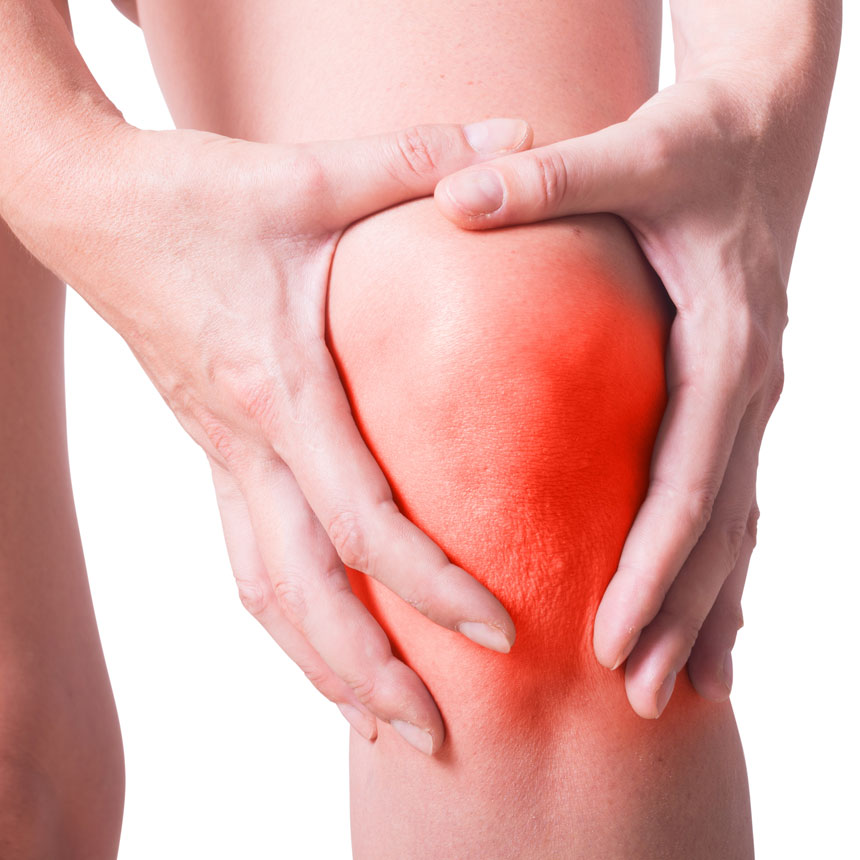Putting a New Diagnostic Tool for Knee Injuries in the Arsenal of Physicians – and Creating New Market Opportunity for a Quebec-based SME

Mme Michelle Laflamme and Dre Nicola Hagemeister





HEALTHCARE | MICROELECTRONICS
A Prompt-Supported Team Applies ICT to Innovation in the Healthcare Sector


Whether you are a professional athlete, or an aspiring sports star, proper knee function is essential to performance – and more broadly, to the mobility that contributes to quality of life. The Anterior Cruciate Ligament (ACL) is an important ligament in the knee that creates stability with motion, particularly twisting. Every year, an estimated 200,000 ACL injuries occur annually in the United States, with approximately 95,000 ACL tears or ruptures.
Despite the prevalence of ACL injuries, physicians are challenged to make an accurate diagnosis and recommend the best course of treatment. Given the limited diagnostic tools available to practitioners, it is extremely difficult to accurately measure the movement of the leg bones around this complex joint. It is often considered an ‘art’ as the interpretation of results is highly subjective.
Dr. Nicola Hagemeister, an Engineering Professor at École de technologie supérieure (ÉTS) aimed to put a new tool in the arsenal of physicians. Leveraging funding and project management support from Prompt, and working in collaboration with EMOVI (a Quebec-based company that creates medical products for joint assessment) as the industrial partner, she developed a new innovation that helps physicians to more accurately measure knee function.
Building on the outcomes of a project funded by the Natural Sciences and Engineering Research Council (NSERC), Dr. Hagemeister and her collaborators evolved the capabilities of an existing harness equipped with optoelectronic sensors that assesses the movement of bones around the knee – without an invasive procedure. The Prompt-supported team replaced costly optoelectronic sensors with cost-effective, ‘off-the-shelf’ MEMS (Micro-Electro-Mechanical Systems)-based sensors that measure the acceleration and velocity of the bones that connect to the knee joint. The group integrated these new ‘miniaturized machines’ into a prototype, and then analyzed the correlation between what a clinician ‘feels’ when maneuvering the knee during a manual test – and what the device measured. The result: a minimal margin of error between the two data creating the potential for more accurate – and standardized – measurement of knee function.
It is an innovation with high commercial potential. Highly cost-effective, off-the-shelf MEMS devices could be embedded into existing medical products for joint assessment such as those developed by EMOVI. “Leveraging the Prompt partnership model, we established a mutually beneficial working relationship with Dr. Hagemeister and tapped her creativity as a member of our extended R&D team,” said Ms. Michelle Laflamme, President and CEO of EMOVI. “As a small firm, we simply do not have all the internal expertise required to develop such innovations. The outcomes of this project will enable us to improve the functionality of our products, while reducing their cost. This fuels the continued development of our product pipeline and increases the competitiveness of our company.”
According to Dr. Hagemeister, Prompt was essential to this success. “Prompt steered us into this new area, and encouraged our team to explore MEMS-based solutions. The funding allowed us to develop a proof-of-concept prototype that we could demonstrate with clinicians. This collective support, and end-user feedback, has enabled us to achieve patentable results – and an innovation that has broad application in many sectors. There is nothing comparable on the market today.”

